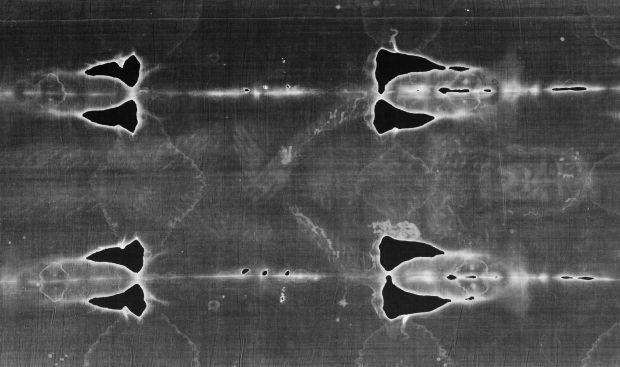

In any case I don't see how we can easily make such assertion (it could be an uncommon type with few examples left). I cannot find any good source to verify this. The cloth itself could not date from the correct period or from that area of the world, simply because that particular weave of cloth was not made then or there.Here in short are the claims, after each my doubts: On the other hand, the way the myth is debunked is, in my view, flaky, weak and unconvincing. I completely agree that the shroud has not, and will never, be proven to be a genuine holy item - how could one prove that it was used on Jesus of Nazareth at all? Now, the JREF claims that this particular myth is absolutely debunked. Some contend that the shroud is the actual cloth placed on the body of Jesus Christ at the time of his burial, and that the face image is the Holy Face of Jesus, while others contend that the artefact was created in the Middle Ages, as indicated by carbon dating which placed the artifact between 12. Amherst, NY: Prometheus Books.The Shroud of Turin or Turin Shroud is a linen cloth bearing the image of a man who appears to have suffered physical trauma in a manner consistent with crucifixion. How Jesus Died: Rare Evidence of Roman Crucifixion Found. That is consistent with a fourteenth-century bishop’s report that a forger confessed to having “cunningly painted” the image. Instead, the Shroud placement matches the more recent of two styles imagined by artists as well as copious data (e.g., radiocarbon dating) that identifies the cloth as fourteenth century. Thus, admittedly very limited data suggests that the foot placement represented on the Shroud of Turin is incompatible with the two known burials of actual crucifixion victims. The Shroud of Turin, which appeared in the middle of the fourteenth century, has the feet placed separately, although the left one points inward, indicating the artist probably intended to suggest a crossed-feet position which by then was conventional (Nickell 1998, 64–66). The earliest representations showed the feet nailed separately, side by side much later depictions had one foot crossed over the other and both secured by a single nail. While the nailed heels of the 19 discoveries are mutually corroborative, they do not support either of the foot placements depicted for Jesus in Christian art. (In neither instance was there clear evidence of the wrists being nailed and it is assumed they were tied.) That earlier discovery came in 1968 with the excavation of a Jerusalem tomb bearing the inscription “Jehohanan.” That victim’s heel bone was still attached to a piece of wood by a nail driven through the side of the heel (Nickell 1998 62,v65). The discovery is significant since it is consistent with the only other apparent crucifixion wound known to archaeology. The article (June 4, 2018) described examination of the bones (originally discovered in 2007 near Venice) as revealing a lesion together with an unhealed fracture located on one heel bone. The new finding-the 2000-year-old skeletal remains of a crucified Roman-was reported on Live Science (Metcalfe 2018). As if there were not already enough evidence debunking the Shroud of Turin-the historical record, a forger’s confession, tempera paint, multiple carbon-dating tests-now new evidence further discredits the authenticity of the reputed burial cloth of Jesus.


 0 kommentar(er)
0 kommentar(er)
